How to generate more sales on an online car platform with a better user experience
Cars are increasingly changing hands through online purchases. The traditional model where the consumer visits a showroom and closes the deal on the spot is becoming rarer. It is not without reason that the car category is flourishing within online marketplaces and platforms dedicated to car sales such as the English Motorway are also reporting strong growth. As a car platform owner, how can you capitalise on this growth, improve the user experience for users of your platform and ultimately generate more profit?
The online trade in cars has lagged behind in comparison with, for example, the online buying and selling of clothes. An important reason for this is that it involves goods with a relatively high value. In addition, the car trade is very sensitive to fraud and money laundering, which means that buyers and sellers also have to deal with a higher risk. This makes buying a car online a different and more tense experience than you would like as a consumer.
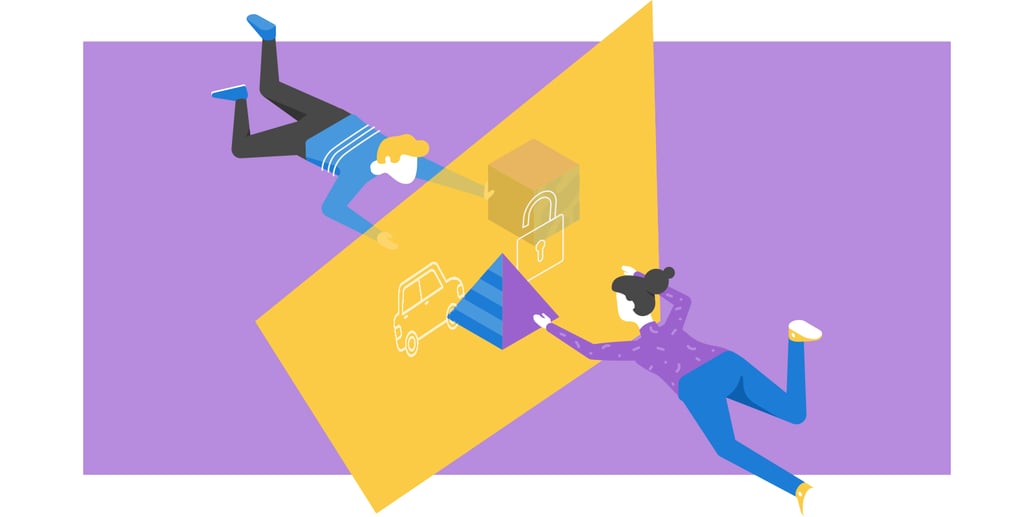
As a platform owner, in order to remove this threshold and risk, you should take a good look at the current user journey - or in other words the steps a user has to go through to reach the goal. What can you improve here to facilitate the trade between buyer and seller and to give both parties more security? An important factor in removing the risks and achieving a better user journey is the way payments are set up.
Friction in the user journey
When consumers buy and sell cars through marketplaces and platforms, they still regularly pay in cash. The buyer has to go to the bank to withdraw the money and the seller has to check the authenticity of the notes. For both parties, this creates friction in the user journey. The popular alternative, a bank transfer, is also not ideal and, especially for the seller, involves major risks.
Imagine: the car has been sold, transferred at the post office, the money has been transferred and the buyer drives off. It can then take some time before the money is credited to the seller's bank account. This creates the risk that the payment will not arrive at all. The seller is left empty-handed and has a seriously bad experience.
Having the transaction recorded by a third party
To ensure that the payment process of a car via a platform or marketplace runs smoothly and safely, it is good for both buyer and seller if there are additional checks and links. It provides a layer of extra security if the transaction is digitally recorded by a third party, such as a payment service provider. For example, the payment transaction records that the car was sold for that price and in that status. If a stolen car is then sold to the consumer, he/she can prove in court that he/she was not a party to the transaction and that he/she bought the car in good faith.
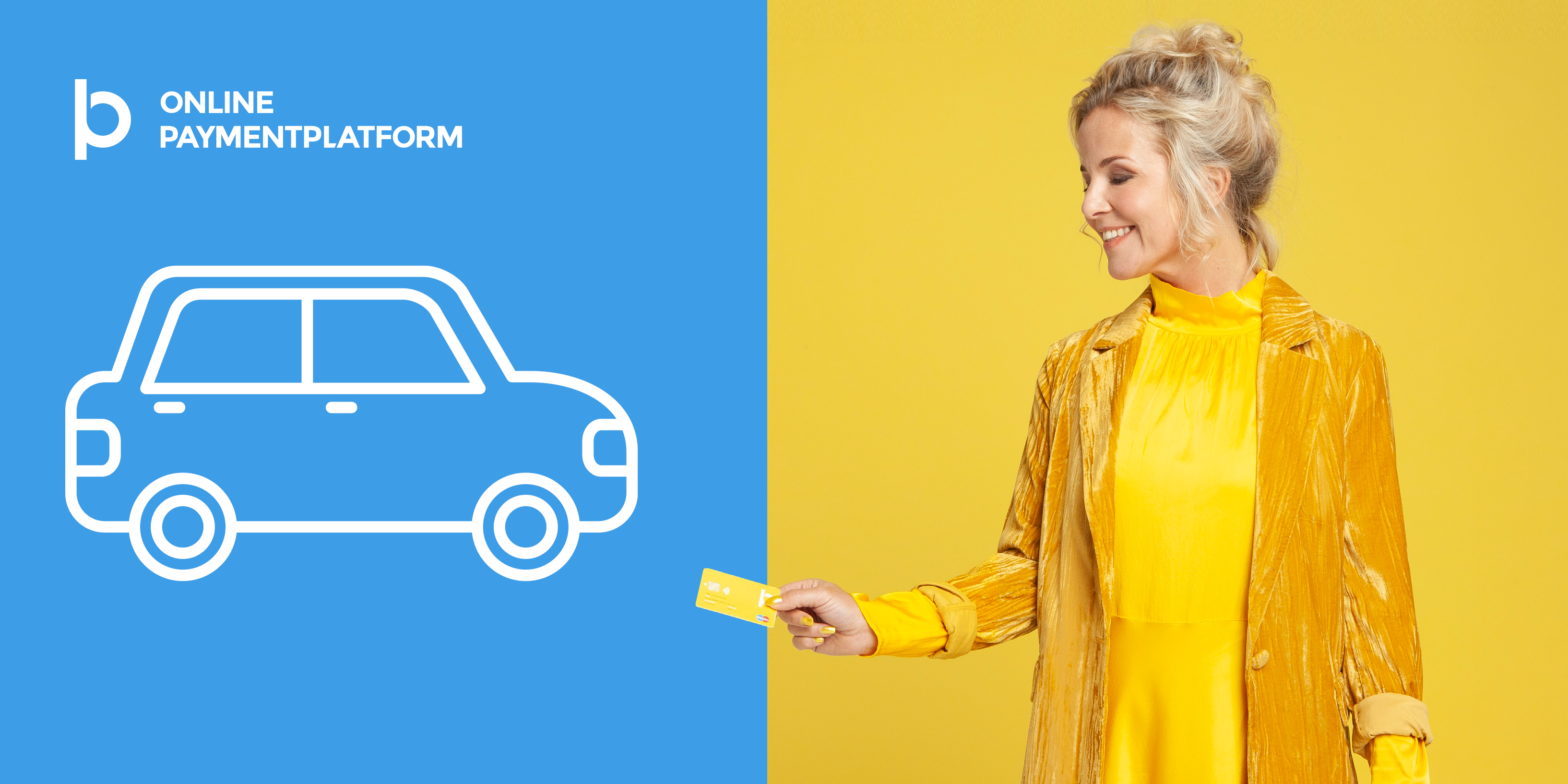
Integrating online payments
To be able to offer this extra security, requires the integration of online payments into your platform. This not only allows you to greatly improve the user journey, but also to make the step to the Cost-Per-Sale model, where sellers are charged a fee for each car sold. Moreover, by charging sellers per sold car instead of per advertisement, it becomes more attractive to place more advertisements. This increases sales and ultimately income.
Want to know more about how to improve the user journey and make the transition to a CPS model? Read our paper!

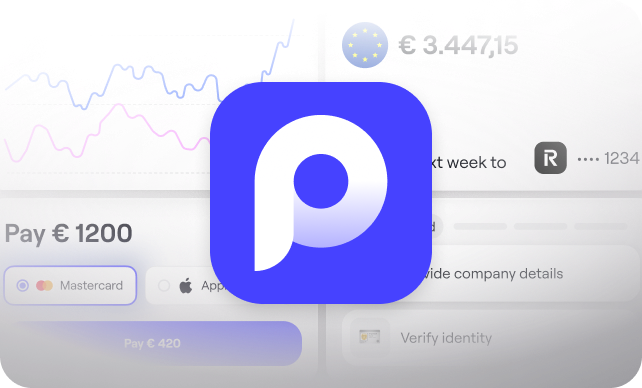
.svg)
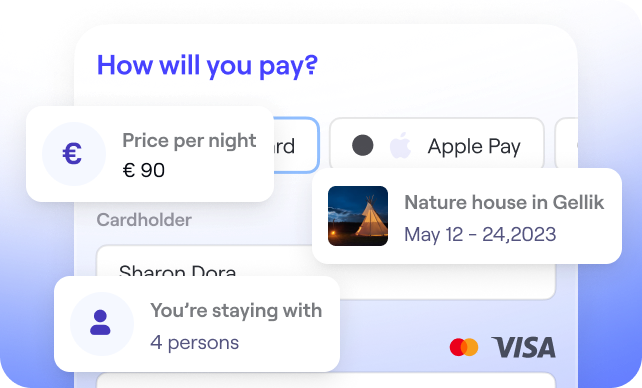


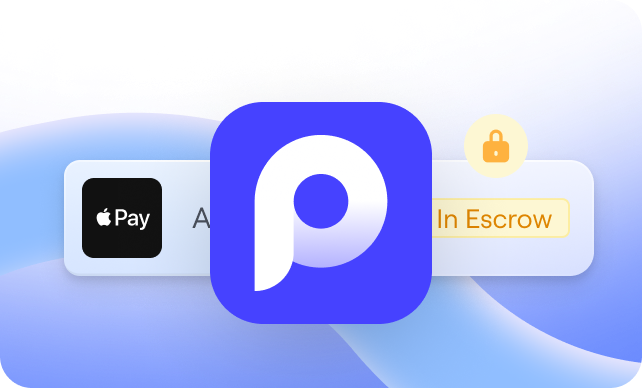

.svg)
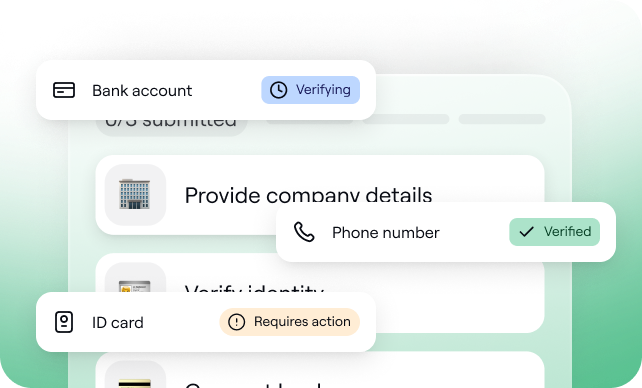
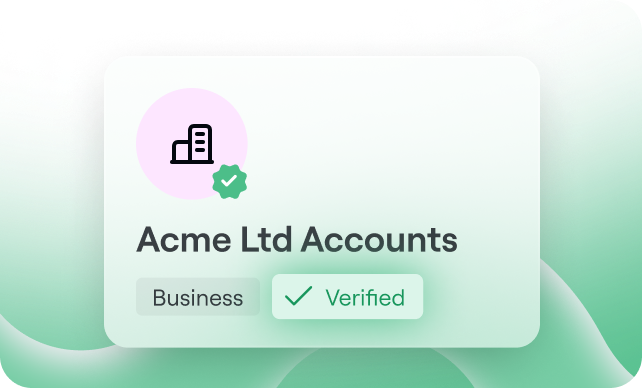


.svg)
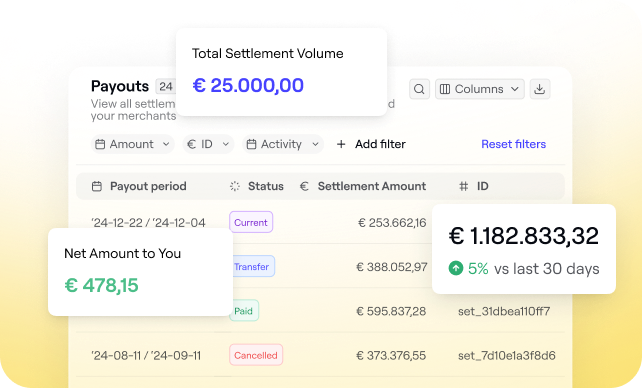
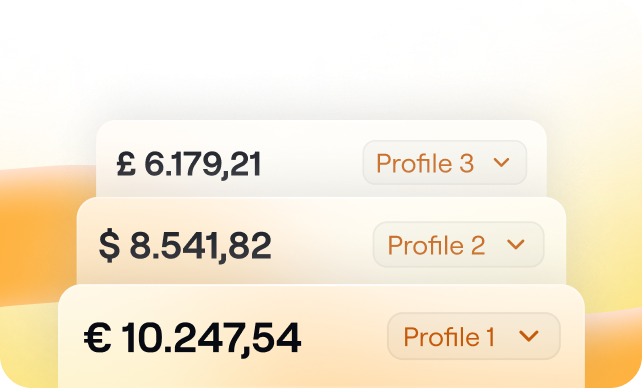
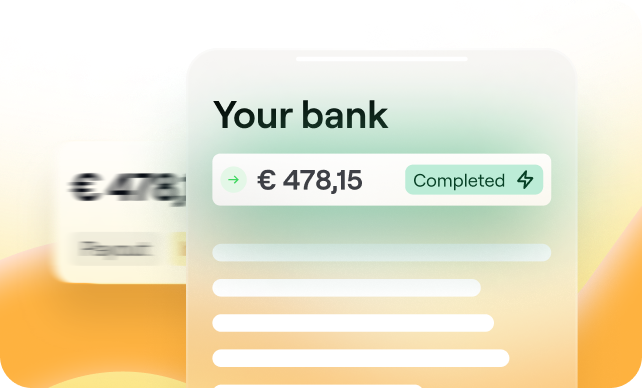
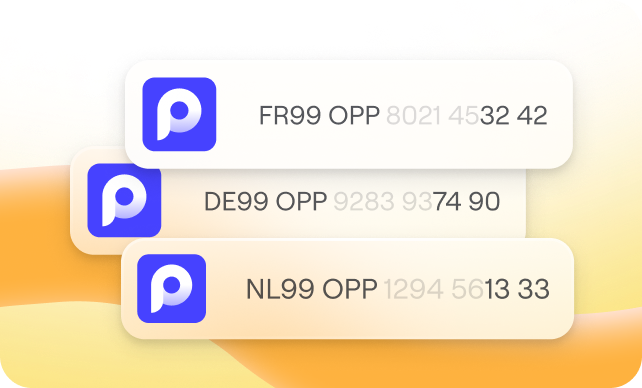
.svg)
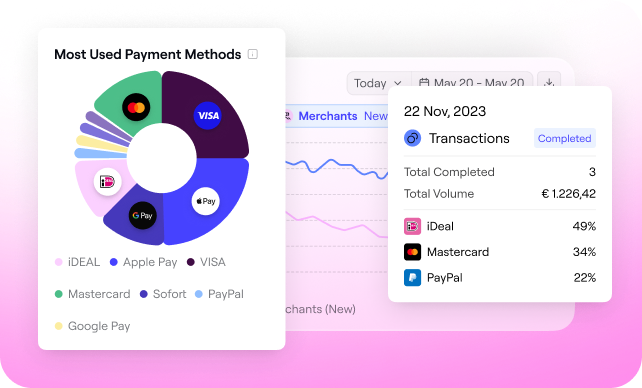
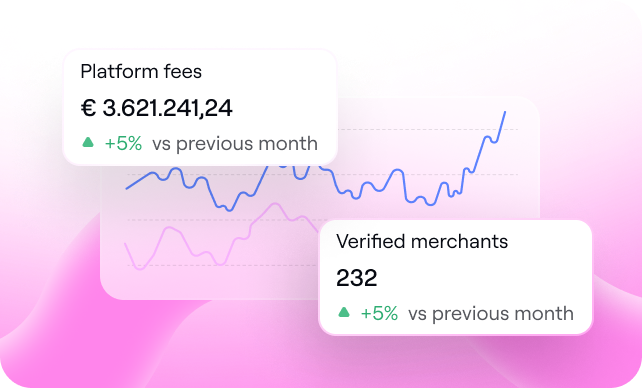
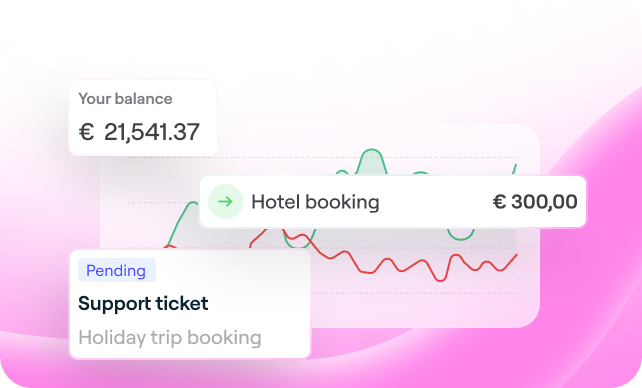
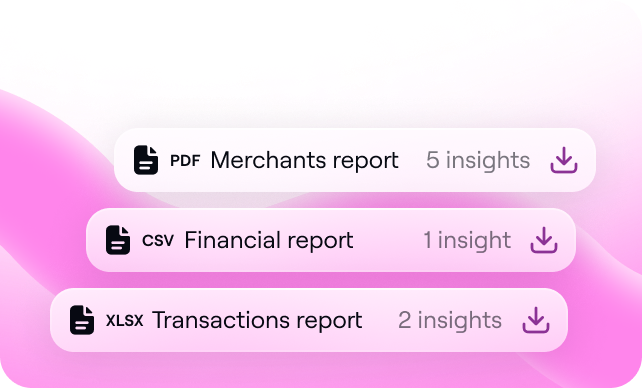
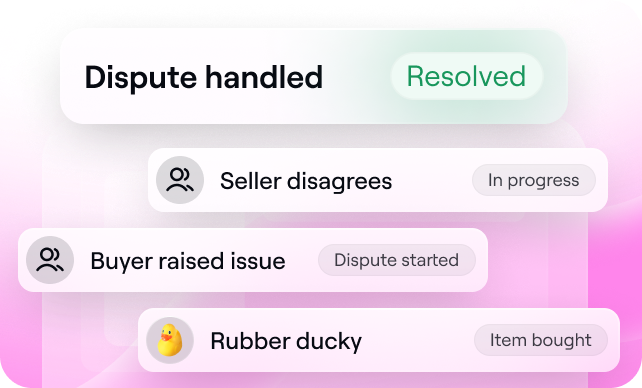

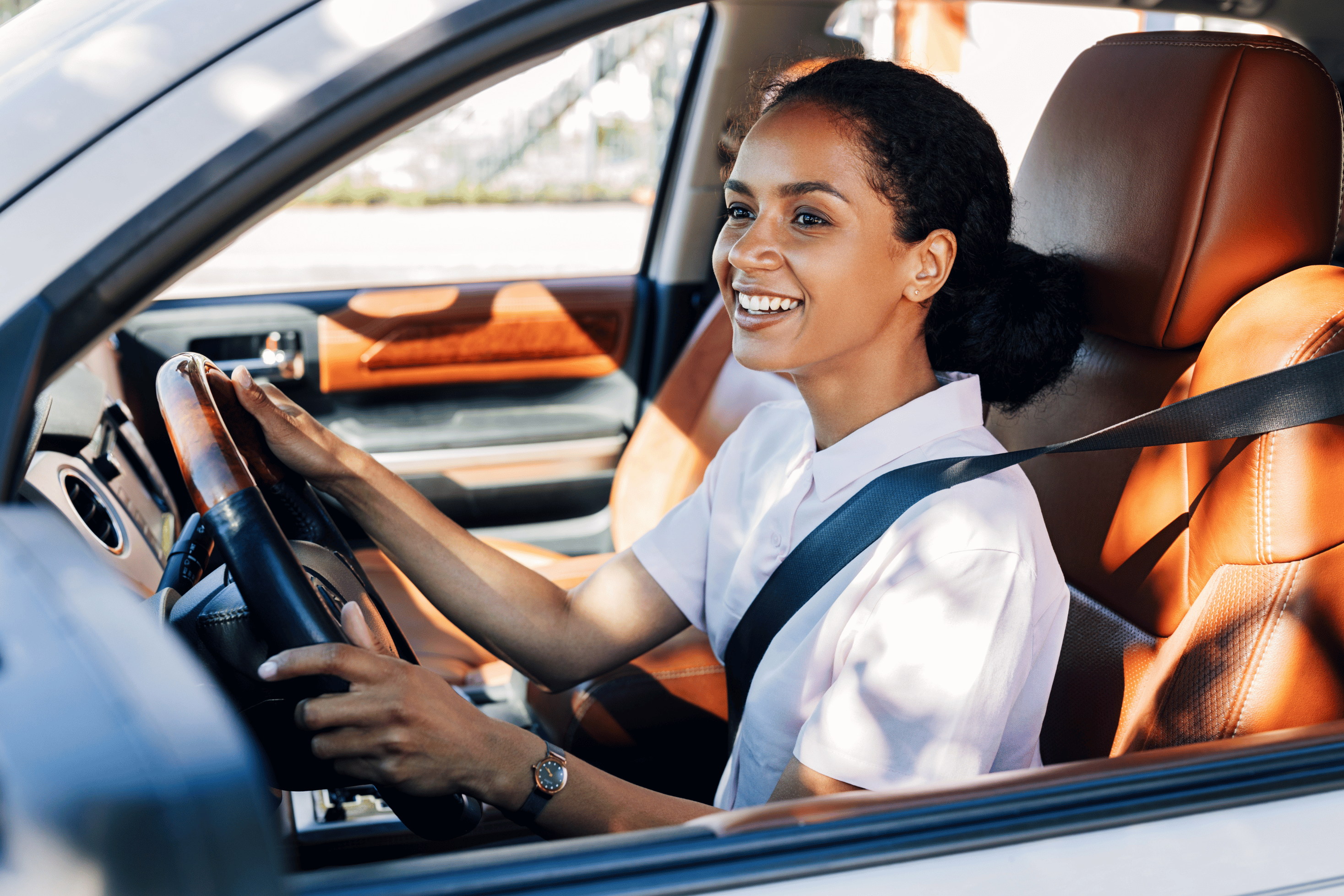





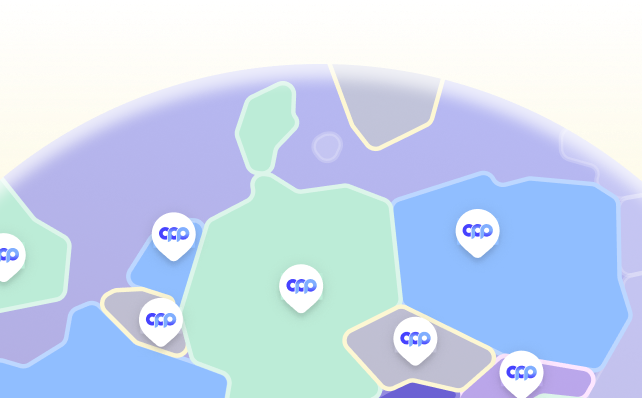






%20(1).png?width=1300&name=Copy%20of%20Copy%20of%20Blog%20post%20(1620%20x%201080%20px)%20(1).png)



.png)
.png?width=75&height=51&name=Worldline%20(2).png)